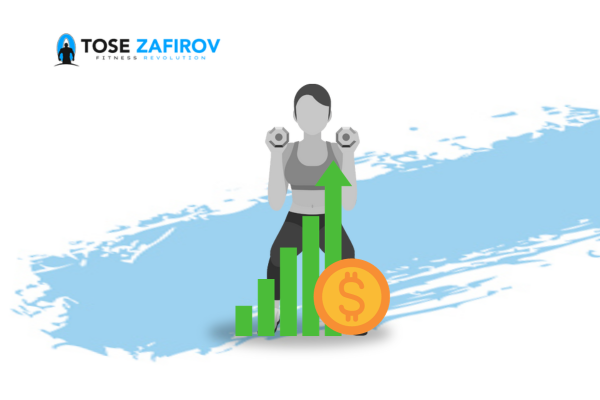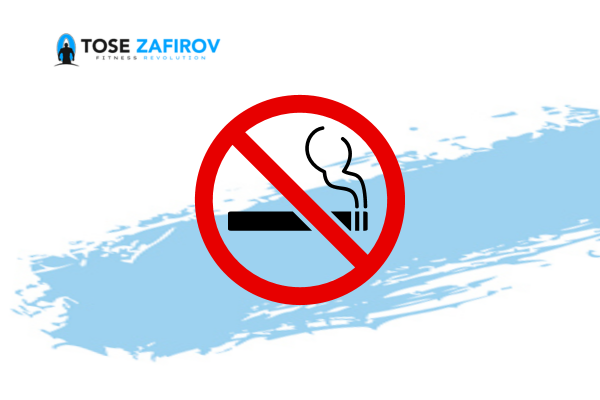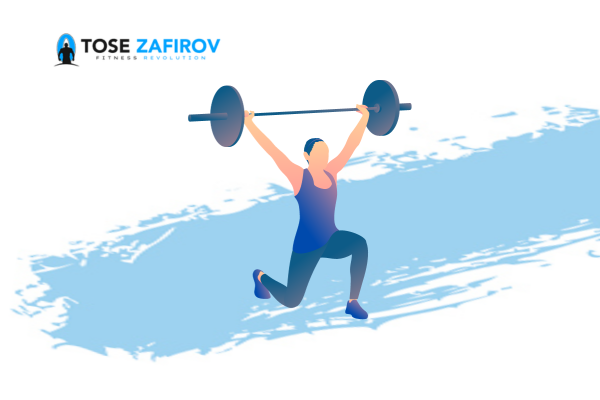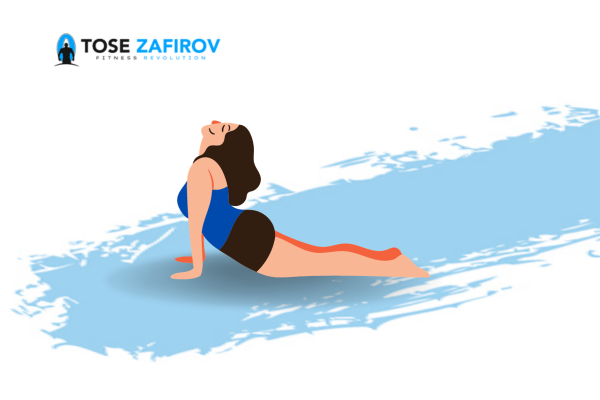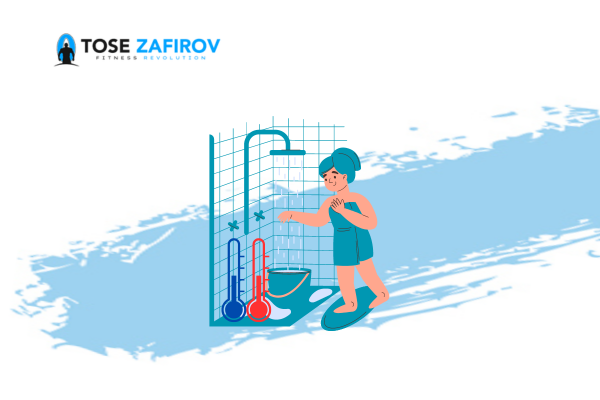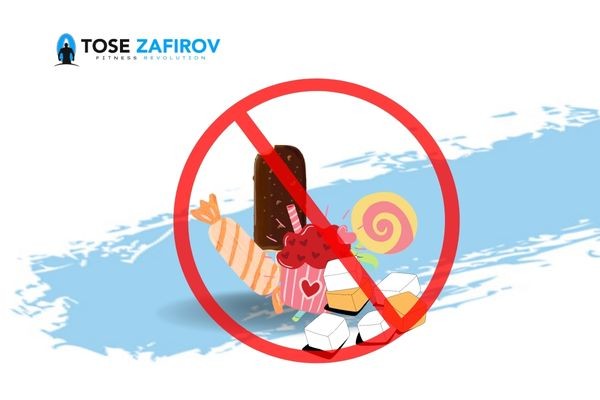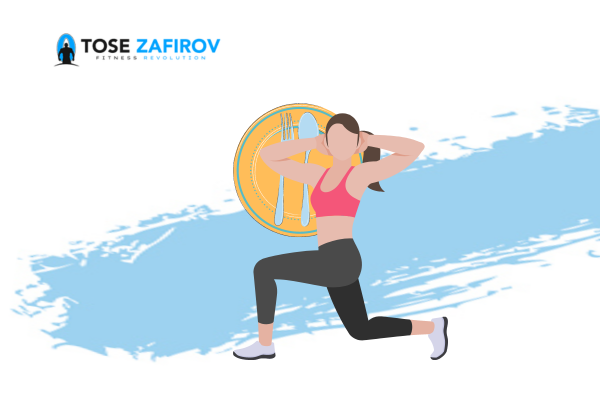The wealthy and super-wealthy are not always the overweight people we expect them to be, sitting around eating gold-plated burgers, as movies and popular imagination portray them to be.
In fact, rather than just a link between fitness and money, several of them credit exercise and a healthy lifestyle as a primary factor for their success. Which, may even explain why I am actually broke…
Key Takeaways:
- The allure of quick fixes often leads to short-term progress but fails to sustain long-term goals in both health and wealth.
- Balancing immediate gratification with strategic, long-term planning is crucial for achieving sustainable results in both fitness and finance.
- Understanding the concept of opportunity cost can help individuals make informed decisions that align with their long-term goals.
- Cultivating discipline, self-control, and mindfulness in health can translate into better financial management and wealth-building strategies.
The Illusion of Quick Fixes: A Comparative Perspective on Health and Finances
We have seen the advertisements that promote a new pill, diet, or product that promises to help you lose a lot of weight in a very short amount of time. It seems too good to be true; but, at the same time you wonder if it is worth a try. When we fall for these scams, we are choosing short term progress over long term fitness. The shortcut may lower the number on the scale initially, but this will not be sustainable change. Eventually, the change stagnates and may even revert you to your previous state. Although it can seem daunting and complex, there is no secret to staying healthy. So why do so many people struggle in this area of their lives? The challenges people have with being healthy are the same problems they face with managing their finances. Those who seek to cut corners may find themselves satisfied with their finances in the short run, but ultimately will fail to build wealth that can grow and support them throughout their lives.
Note
Balancing Immediate Gratification with Long-Term Goals: The Importance of Strategic Planning
With immediate gratification becoming more and more prevalent in society, it is important we understand which areas of our lives deserve more attention. Today we can do everything from our smartphones: read a book, watch tv, order food – all can be done with a click of a button on a single device. It is only natural that we would want to make all areas of our lives this convenient, which is why pills and diets sell. Immediate gratification techniques make us feel good in the moment, but some areas of our lives require more attention and effort. With something as important as your finances, it is a bad idea to rely on a quick fix. Instead, our finances should be given attention and time in order to be viewed strategically. “It’s a marathon, not a sprint,” a perfect phrase to describe building wealth and creating a fit lifestyle. A long-term plan will guarantee more success when compared to a short-sighted opportunity.
Pro Tip
In a society driven by instant gratification, it’s crucial to distinguish between convenient solutions and those that require long-term dedication. Just as financial planning demands strategic attention, achieving fitness goals necessitates perseverance and a balanced approach. Embracing the concept of a marathon, not a sprint, is vital for both wealth building and a healthy lifestyle.
Weighing the Costs: The Consequences of Immediate Satisfaction in Health and Finances
Once you have a plan in place, it is time to put it into action. In any area of our lives (whether that be fitness or finance), our choices are weighed with an opportunity cost. What are we losing and gaining? If we decide to eat that extra slice of pizza, we are gaining 5 minutes of satisfaction, but we are giving up the progress we are trying to make to be healthier.
Pro Tip
Every decision comes with a trade-off, whether it’s indulging in momentary pleasures or prioritizing long-term well-being. Recognizing the opportunity cost in health and finance empowers individuals to make mindful choices that align with their broader goals. Consider the implications of immediate satisfaction on your journey to a healthier and wealthier future.
Choosing Sacrifice for Future Gain: Navigating the Trade-offs in Health and Wealth
Ultimately, it is up to each individual to decide which opportunity cost weighs more. Do you value the 5 minutes of feeling happy and full more than your long-term goal to feel and look healthier? For many the choice is clear, but the discipline is hard. This same concept applies to our everyday finances. For the choices we make we have given up something in return. In order to build your wealth, you may have to give up eating out so frequently or buying that new car. In terms of opportunity cost we need to give up immediate gratification in order to achieve sustainable wealth.
Warning
The pursuit of immediate satisfaction can jeopardize long-term goals, both in health and wealth. Making sacrifices, whether in dietary choices or financial decisions, is necessary to achieve sustainable growth. Individuals must evaluate the trade-offs and exercise discipline to avoid short-term temptations that may hinder their long-term progress and success.
Cultivating Discipline for Long-Term Success: The Interconnected Path of Health and Financial Wellness
So how can you practice financial discipline and long-term thinking? A not so obvious way to achieve your financial goals is by staying healthy. People who are healthy have the skills they need to practice more discipline in their lives. They need the self-control to say no to that extra slice of pizza, and they need time management skills to find time to exercise during their day. The skills that healthy people use everyday are the same skills that help people grow wealth. This is why many times the two go hand in hand. By developing healthy habits, you are training your mind to think long term, and you are practicing many skills like discipline, focus, patience, and self-control. Healthy people are not tempted by immediate gratification and can view the bigger picture. Therefore, healthier people with these skills will find managing their finances and building wealth a lot easier since they are already used to being long term oriented. Being mindful of what you put into your body will translate into being mindful about how you spend your money. Losing weight the proper way will not happen overnight, and neither will building wealth, but by practicing healthy living, it will be much easier to achieve your goals, whether in finance or in fitness.
Pro Tip
Cultivating discipline and long-term thinking in both health and finances is interrelated and crucial for sustainable success. By establishing healthy habits, individuals can develop valuable skills such as self-control, focus, and patience, which are essential for managing finances and building wealth. Practicing mindfulness in health can translate into mindful financial habits, leading to holistic growth and success in both areas.
10 forms of fitness wealth
Spiritual/Inner Self
This is about inner peace and feeding yourself the personal nourishment you need. Taking 10-15 minutes a day to give gratitude to what you are thankful for. This could be church, it could be meditation, it could be whatever you want it to be. Dig deep inside.
Physical Health
Your health is the true sign of wealth. Are you feeding your with movement to make your body better? Are you exercising? Your physical will always make your mental better.
Mindset
Mindset is everything…literally everything. How you approach life mentally defines your success. Are you confident in your endeavors? Personal or professional?
Family
Are you spending enough time with your kids or your spouse? Are there any relationships that need attending too?
Professional
Are you where you want to be professionally? What is holding you back from achieving your goals? Do you hate your job? Are you working too much? Not enough?
Financial
Are you saving money? Are you investing money? Do you need to pay off debt?
Circle of Genius/Social
You are the sum of the five people you spend the most time with. If you want to get ahead in life, spend time with people who make you better. People who push you. People who believe in you. If you have negative people surrounding you, leave them behind.
Adventure
Are you having fun? Are you doing something that is out of your comfort zone?
Love
If you’re married are you spending quality time with your spouse? If you’re single are spending time dating or spending time with your significant other? Can you spend more time with your kids?
Impact/Legacy
What are you giving back to the universe? Charity work? Community work? Are you leading the people who need lead? As we said last week, I feel like this is the most valuable currency in life and will define how you are remembered.
Note
Muscles
use specific energy systems for very short-duration or high-force activities.
The rest periods between sets of resistance training can be changed to achieve
certain goals, such as strength or weight loss.
Note
Muscle hypertrophy
is best achieved with moderate rest between sets, such as 30–90 seconds.
Pro Tip
Strength can be maximized by rest intervals between 2–5 minutes in
duration. This allows the muscles to recover enough to produce a comparable
amount of force for the next set.
Note
Resistance training can be beneficial for weight
loss when paired with dietary modifications. In addition, it can help maintain
lean body mass during weight loss.
The bottom line
By recognizing the parallels between health and wealth, individuals can adopt a more holistic approach to their well-being. Building sustainable habits, embracing discipline, and focusing on long-term goals are key to achieving success in both fitness and financial endeavors.

